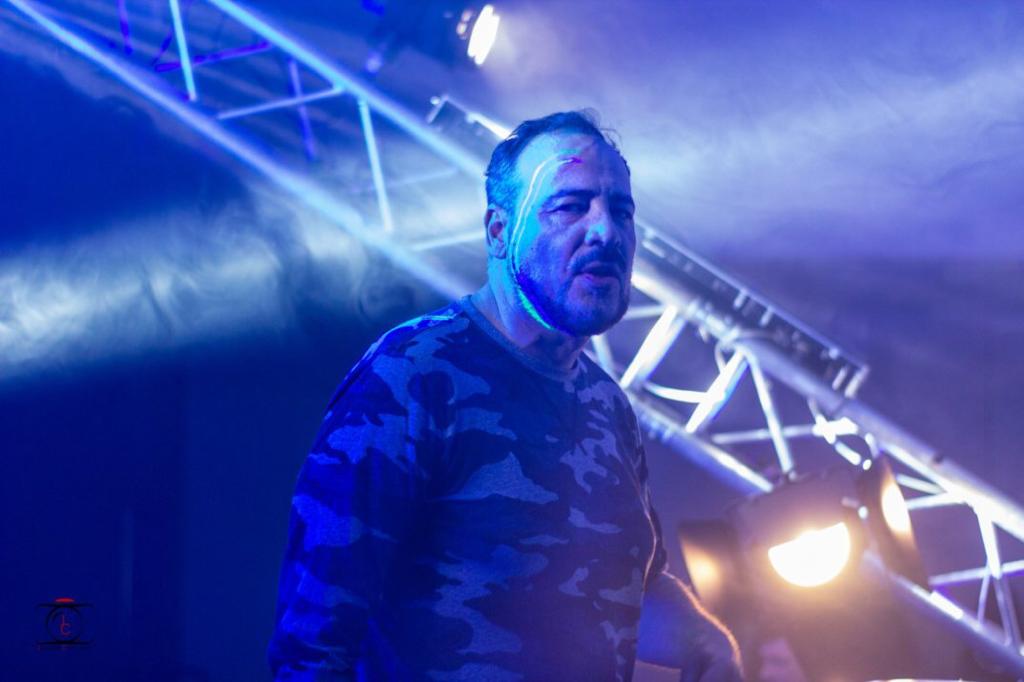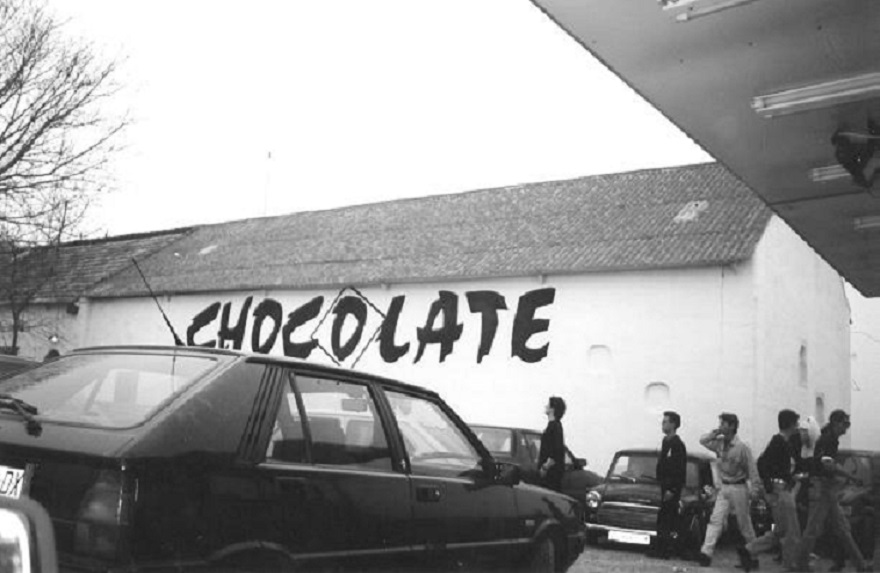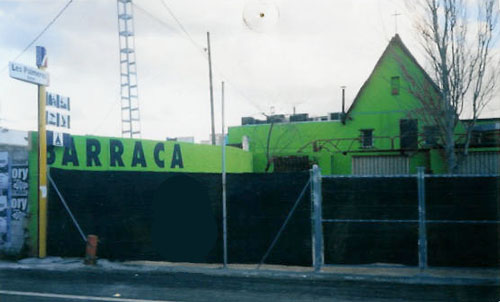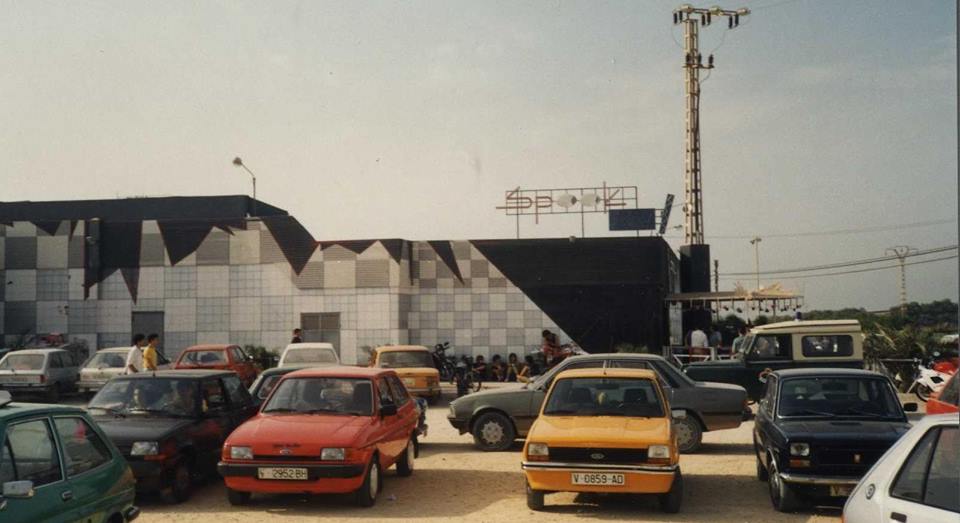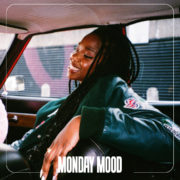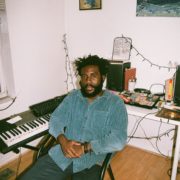A trip through Spain’s clubbing legacy: La Ruta del Bakalao

Words by: Alejandra Cabrera
In Spain there is arguably no movement in the world of clubbing more important than La Ruta del Bakalao.
Hidden in sunny Valencia’s metropolitan area, there is a highway that was witness to the birth of a clubbing movement in Spain. The El Saler highway (CV-500) would forever shape nightlife in the Mediterranean country. ”It’s something that I can’t explain to anyone who wasn’t there,” Conca says, “this movement was completely unbelievable, surrealist, fueled by the love for music.”
The death of Spain’s dictator Francisco Franco in 1973 meant a breath of fresh air for music and culture in the country. After decades of censorship and repression, the end of the dictatorship meant the rebirth of the culture that had to be hidden for decades.
The endeavour towards modernity and longing for freedom resolved itself in a hedonistic revolution that is still the biggest clubbing movement in Spain, “La Ruta del Bakalao”(a.k.a La Ruta Destroy / La Ruta). The name was in reference to the colloquial way that Valencianos had to say a track was good: “Esto es bacalao del bueno” (which translates to mean “this is good cod”).
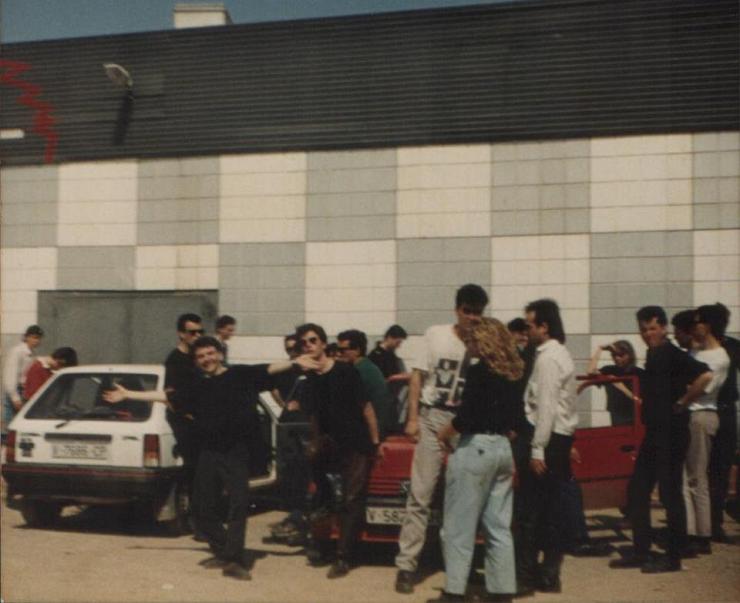
The Spanish cultural legacy was really raw and immature in the aftermath of Franco’s dictatorship. The legislation was full of legal loopholes which were exploited by the clubs. Spanish society hadn’t had much of an experience with club drugs, but after this awakening, the use of speed and ecstasy became common in the scene.
In the 80s, Spain saw different music movements across the country. From the more Pop wave that took place in Madrid, to the one that would develop in Valencia drawing inspirations from EBM and German Electronic music.
“Why did this happen in the time and place it did?” I ask Conca. “That’s something I have asked myself everyday, it’s a bit difficult to know why,” he says. “There was an alignment that I don’t think it’s possible to repeat, we were out of a long dictatorship, we were the kids of a generation with no freedom and we lived an intense and never-seen-before liberation.”
José Conca was one of the first DJs to play Techno in Spain. His passion for music gave him access to the first afterclub ever in the nation, Looping, which opened its doors at 6am when all the mainstream clubs shut off their lights until the next evening. One morning when Conca was only 16 years old, he was asked to play when the club was nearly empty. The inexperienced artist impressed the owner who allowed him to play from then on. “I was a kid, I was so nervous, but it was a great networking platform,” he says. “It was the only place open at that time so all the artists that I admired went there and saw me play. Through this I got booked the following year.”
Barraca, Chocolate and Spook Factory, were the names that any raver from that era will remember. They were all close to each other which meant you could get a full weekend of partying just jumping from club to club. The night used to start in Barraca, later around 5am people would migrate to Chocolate or Spook and around 10am for those who wanted to keep going, Puzzle was where to go. After Puzzle, it was time to start over again at 5pm in Barraca.
Conca started djing at Chocolate in 1986, with his unique style attracting partygoers from everywhere in Europe. “I was one of the main DJs from La Ruta because I was there from the start in the 80s until 2002,” he says. “I was really young and saw the entire movement from start to finish.”
Chocolate was a surreal and underground club where Spanish Techno and Trance were born. The scene included a lot of guitars and Punk in the start, which developed in Conca’s personal style: “What I loved the most was Techno and all the underground sounds,Techno was the most avant-garde and I loved it but I couldn’t always play it when there was a big crowd.”
If I had to explain what it was to someone who wasn’t there, they wouldn’t believe it. Everyone used to go out to have fun, be carefree, the average age was from 16 to 20, it’s a wonderful age where we had the world yet to discover.
Conca
Throughout the 80s and 90s, the scene boomed and thousands of ravers were taking this route of clubs as if they were going on a religious pilgrimage. This attracted the media attention who wrongfully focused on the drug use. They extensively reported on the issue and called all those involved in the scene drug addicts, ignoring that the fuel behind the scene was in reality the passion for music.
On this Conca had some poignant words on the impact of this: “This is what killed the route. The police decided it had to end and treated us as terrorists, checking us on the way to the clubs and starting a witch hunt, there was a tiny comeback in 1998-2000 but with more commercial music.”
Sometimes in life things align to make space for a movement unthinkable at any other time, and that was La Ruta del Bakalao. Started by the sons and daughters of the dictatorship who longed for a never ending fun and freedom that their parents couldn’t think of. Approximately around 1995 the mythical route reached its end, its many lights would fade for good in most of the legendary clubs. Many insisted that the movement wasn’t dead but it was slowly killed in the mid-90s. The show came to its end and many of the places are nothing but memories and stories to younger generations that can never imagine what it felt like to go out after 40 years of oppression.

Below are two tribute sets by Conca to the scene in the 80s and 90s and Chocolate:
Chocolate 80s: https://fb.watch/5BT-5mKQqb/
Conca 90s: https://fb.watch/5BU6kIVpzN/
(Photo credits: https://www.makineros.com/ & Jose Conca)
